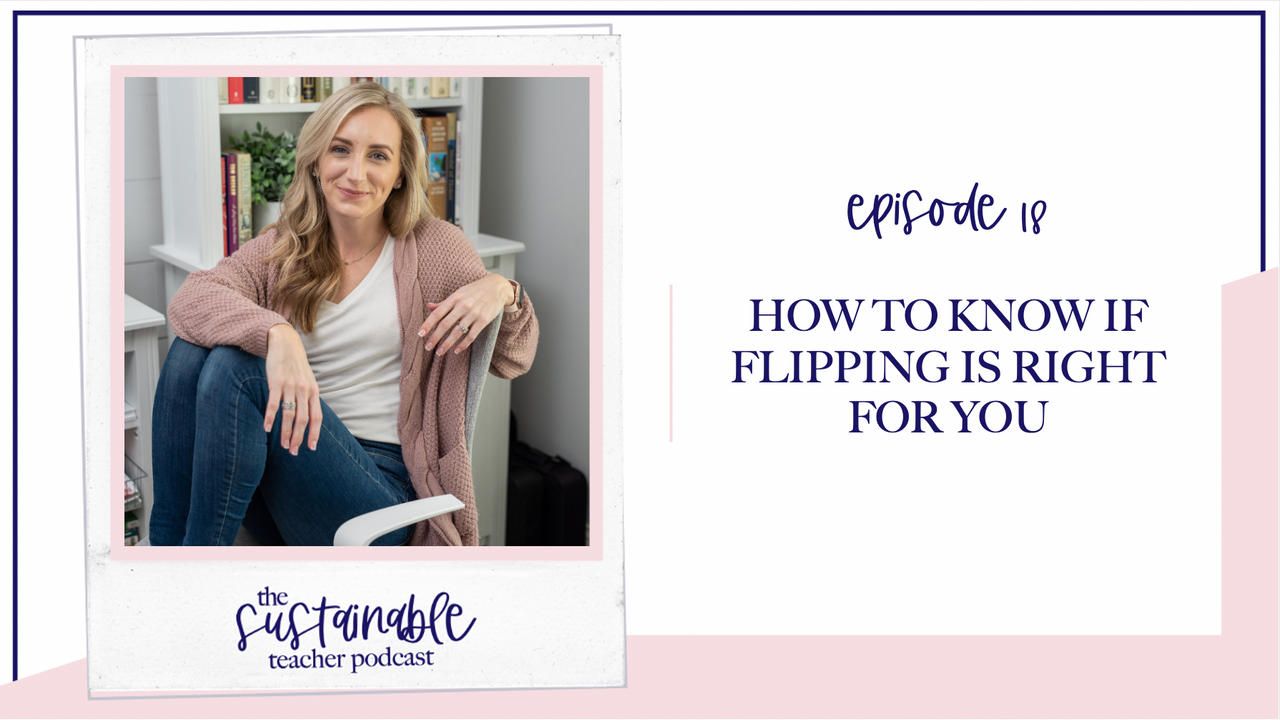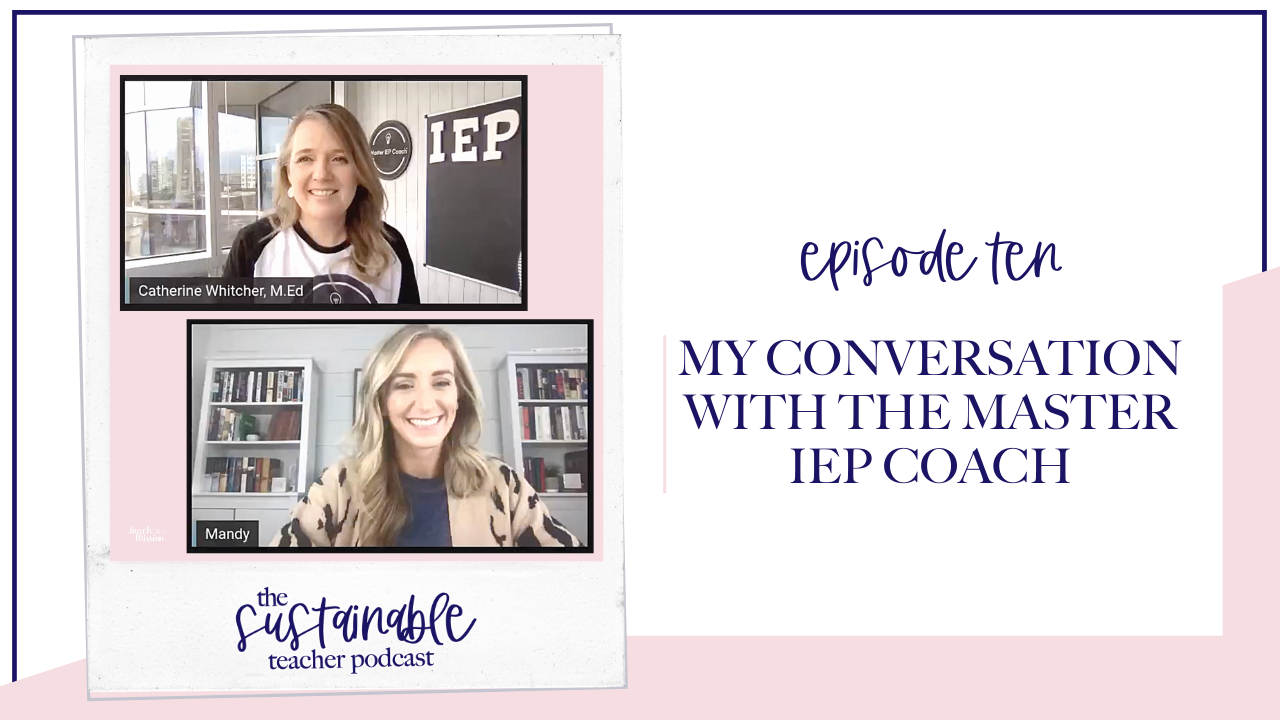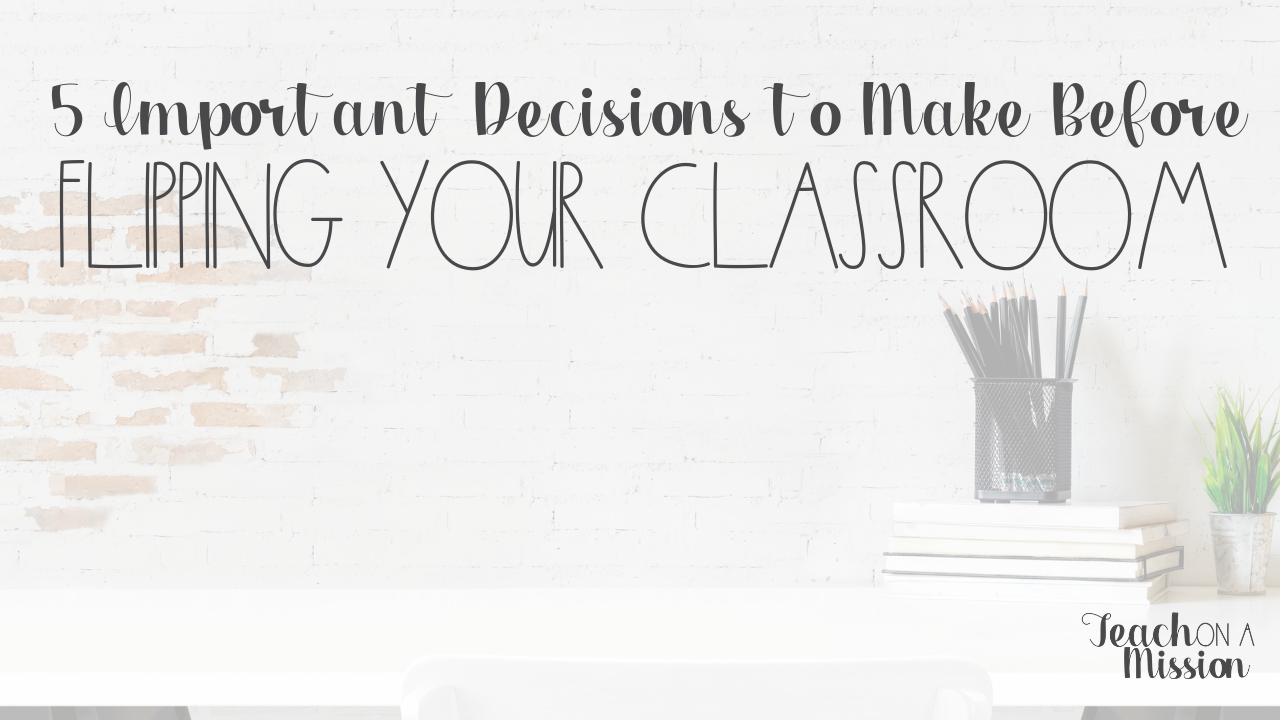*BONUS* The Number ONE Question I Get Asked About the Flipped Classroom

What happens when students don’t watch the video notes for homework? That’s the number one question I get from teachers when they are considering flipping their classroom, and it’s a good one.
You should absolutely be asking this question because it means you are aware of an obstacle to your students learning, and now you can take steps to be sure you’re helping them overcome it. We have an entire module dedicated to this inside of my online course for teachers, Flipped Classroom Formula, and we address multiple obstacles, not just this one big one.
In today’s episode we are going to answer this question so that after listening you will feel hopeful and empowered by the possibilities of flipped video knowing that you’re making learning NOT optional in your classroom and in fact setting up your students for success.
Let’s get to it.

Learning is Not Optional
Here’s the gist of this entire episode in one sentence. You might want to write this down, are you ready?
When you fli...
Isn't Flipping Just More Work?

Isn’t flipping your classroom just more work? That’s the question, isn’t it? And it should be the question for all teachers when deciding what changes to make to their classrooms, especially coming off of one of the hardest years in education ever. And the question is really asking, is the work I put in going to be worth it?
Because here’s the truth, it’s not that flipping your classroom is more work… it’s that your classroom is work. Your students are work. So it’s a matter of knowing where you’re putting in time and effort and how it’s going to pay off, and this episode is all about helping your teacher work pay off for you and your students.
Let’s get to it.

Before we really dive into this episode I want you to remember episode 16, the Biggest Secret to Sustainability in Your Classroom, and if you haven’t yet, go back and listen to it because in that episode we talk about the number one secret to sustainability being to always be looking for the best return on your time ...
How to Know If Flipping is Right for You

As soon as I share about my teaching experience or any teachers share about their current classroom, other teachers may relate to many similarities in our experiences, but others are able to quickly point out the differences.
So if I say this:
I taught at a suburban, predominantly white high school with students from all levels of socioeconomic status, teaching 10th grade American History, AP Psychology, and Sociology..
Then other teachers can say, well that’s not my classroom. I’m elementary or my school was more diverse or I teach ELA, math, science, fine arts, performing arts, health and PE etc.
It’s easy to find the differences in what we do as teachers.
And I must say… isn’t that so beautiful.
In today’s episode I want to highlight not just the differences in all our teaching experiences and classrooms, but more so your individual and incredibly unique classroom. What you teach, how you teach it, where you teach it, and who you teach it to are all factors that contribu...
The Biggest Secret to Sustainability in the Classroom

What is the Biggest Secret to Sustainability in the Classroom? Teachers do some of the most impactful and important work, and keeping them in the classroom is our top priority here on the podcast and for team Teach On A Mission, and we work to do that by helping teachers build sustainable systems and practices in their classrooms.
Sometimes it’s hard to have these conversations about doing things that sustain teachers because it feels guilty to focus so much on the adult in the room rather than the students. That narrative, along with the status quo of teacher hustle equating to effectiveness, is what’s ultimately driving teachers away from the classroom.
Could we overdo it by focusing too much on the teacher and not enough on the students? Of course we could - there are two ends of extreme to every choice, and I choose to live somewhere comfortably in the middle as much as possible, including when it comes to building an effective classroom.
So what is this big secret? The b...
Are You Tired of Low Student Engagement?

Who would have known almost a year ago that we would all have experienced such a monumental change in our lives that showed us just how important and effective having students in the classroom with us is for student engagement. Who would’ve known?
Somewhere in the middle of my second year of teaching, I vividly remember a moment when I realized, it’s got to get better quickly - meaning, I’ve got to stop engaging more and working harder than my students when it comes to understanding the content. I’m not the one taking the test and I care a whole lot more than they do. Side bar - of you course you do, you’re the teacher in the room, but feeling exhausted at the end of the day because of all your hard work just to have black screens or non-engaged students is not what’s going to keep you going in this career field.
No matter how long you’ve been teaching, this year and your experiences with distance learning have probably left you feeling the same way. “Students have got to eng...
My Flipping Conversation with the Master IEP Coach

Hey there teacher friend! Today I’ve got a bit of a different episode for you. A few months back I sat down with Catherine Whitcher, the Master IEP Coach of specialedinnercircle.com and catherinewhitcher.com to chat about the possibilities of the flipped classroom in today’s education context and how the flipped classroom can serve teachers at the IEP table and their students.
This interview was done for Catherine’s podcast which I encourage you to go check it out, it’s called Special Education Inner Circle, and so she is actually interviewing me. I loved our conversation so much that I wanted to share it on my podcast as well. At the end of the episode you’ll hear me talk about dates long past for the Sustainable Teacher Challenge, but have no fear you can still go check that out here.
From a basic understanding of flipped learning to how the flipped classroom can serve you and your students long after distance learning, this episode brings the noise for teachers wanting to be...
3 Unforeseen Wins of the Flipped Classroom

Ten or so years ago when I decided to flip my classroom the reasons why I wanted to flip were very clear. Crystal clear.
From wanting to do more than just lecture all day to increasing student accountability and ownership over their learning, I knew the flipped classroom model would get me closer to those goals. I could go on and on about finding and solidifying your WHY for flipping, and I give most commons reasons why in this post, but it's something we dive deeply into in my online course where I walk teachers through, step-by-step how to flip their classroom, called the Flipped Classroom Formula.
I won't spend time in this post talking about reasons to flip because, I'm betting, you know what those are. And if you don't know them for sure, you do have some idea of why you're looking into this whole flipping thing, and I want to help you solidify and optimize those reasons if you become one of the teachers who joins me in the Flipped Classroom Formula.

This post is all about...
5 Important Decisions to Make to Flip Your Classroom

When you are starting your journey in flipping and doing your flipped classroom research, you are searching for things like flipped classroom how to, flipped classroom ideas, flipped classroom approaches, and flipped classroom pros and cons.
You are looking for any and all ideas to inspire you and get you started on your journey. And that flipped classroom research can quickly become a black hole that sucks you in, and two hours later you come out and wonder, "Holy cow, what did I just learn from that?"
Hopefully you gleaned something from your searches, because there really is plenty out there, so I'm sure you did. But wasn't it quite overwhelming? Wasn't there so much to take in, and then you're left deciding, "What's going to work for MY classroom?" And, "Yea, but how do I get started flipping my classroom?"
I can't tell you how many times I have been sucked into the rabbit hole that is Google image, Pinterest, or searching tags on Instagram for inspiration to make a change in...


